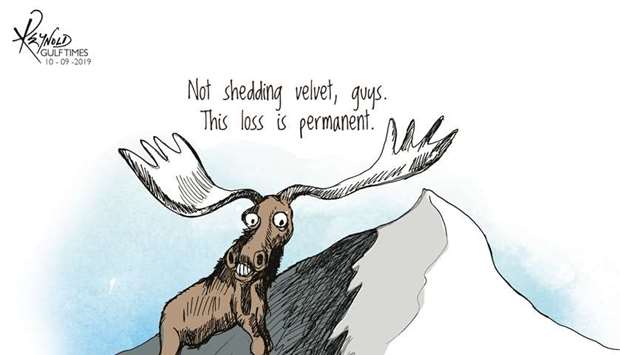The south peak of Kebnekaise, Sweden's highest peak for well over a century, has been demoted to second place after decades of rising temperatures melted more then a third of the mountain's glacier.
Since 1880, when measurements started, Swedish children have been taught that the southern peak is the highest peak in Sweden but this year the melting of the glacier covering it means the ice-free northern peak is higher for the first time.
Peak Kebnekaise
"It's a powerful symbol of change. This little peak is an icon in Sweden," said Ninis Rosqvist, a geography professor at Stockholm University. "But it's not a surprise. When the temperature rises, ice melts, but this is something that really hits home for a lot of people," she said.
In the last 50 years, the southern peak has lost 24 metres of its roughly 60 metres of ice cap. It now stands at 2,095.6 metres compared with the 2,096.8 meters of the northern peak.
Sweden has experienced unusually hot summers in the last 10 years and 2018 was the warmest ever on record.
Last month Iceland unveiled a plaque to its Okjokull ice sheet, the first of the country's hundreds of glaciers to melt away due to climate change.

